saving plant in bad shape
L Evve (Miami)
last year
Related Stories
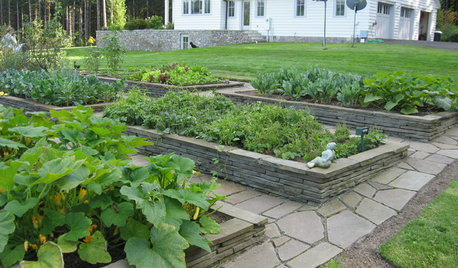
LANDSCAPE DESIGNThese 4 Planting Strategies Can Save You Money
Use seeds, plugs and more to keep costs down as you fill out your garden
Full Story
GARDENING GUIDESInvite Mining Bees to Your Garden by Planting Their Favorite Plants
Look for mining bees (Andrena) pollinating woodland wildflowers in U.S. gardens this spring
Full Story
LANDSCAPE DESIGNHow to Shape a Rain Garden and Create the Right Soil for It
Learn how to grade, lay out and amend the soil in your rain garden to support your plants
Full Story
LANDSCAPE DESIGNGet Along With Less Lawn — Ideas to Save Water and Effort
Ditch the mower and lower your water bill while creating a feast for the eyes with diverse plantings and gathering places
Full Story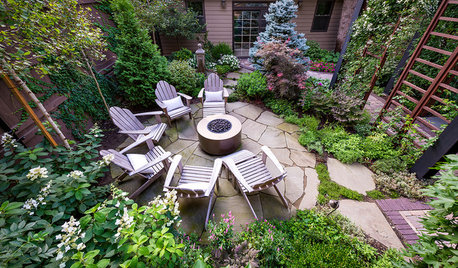
LANDSCAPE DESIGNBefore and After: 4 Backyard Makeovers With Space-Saving Ideas
Smart space design, outdoor seating, container plants and more turn these yards into lovely retreats
Full Story
LANDSCAPE DESIGNHow Grading Shapes the Ground and Manages Stormwater
Understand how an overall grading plan provides a framework for a great landscape design
Full Story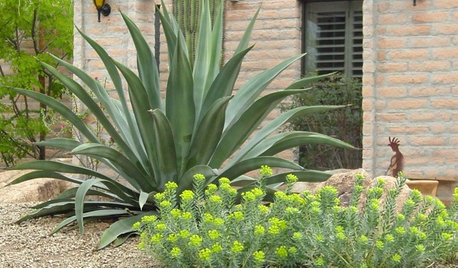
GARDENING GUIDESHow to Spot a Drought-Tolerant Plant
Label? Who needs a label? Learn the characteristics of plants that can thrive in hot, dry conditions to help you pick the right ones
Full Story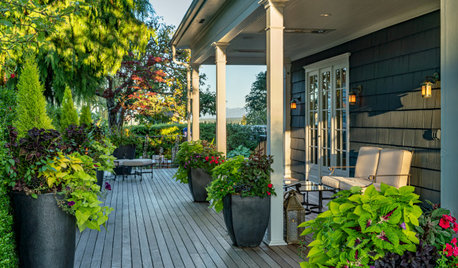
GARDENING 101How to Choose the Right Plant Container
Keep plants healthy and container gardens looking good by beginning with the right pot size and shape
Full Story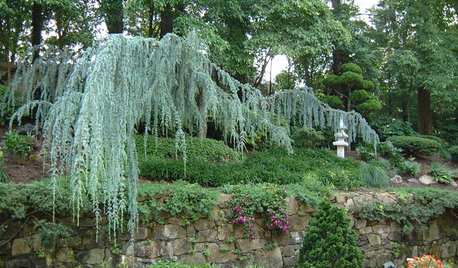
GARDENING GUIDESGreat Design Plant: Cedrus Atlantica ‘Glauca’
With its blue foliage and variety of shapes, blue atlas cedar earns its place in the sun
Full Story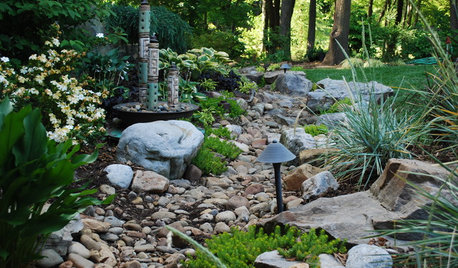
LANDSCAPE DESIGNSave Your Budget With These 4 Landscape Design Strategies
Understanding your soil, your plants and your site can help you save money and reap big rewards
Full Story






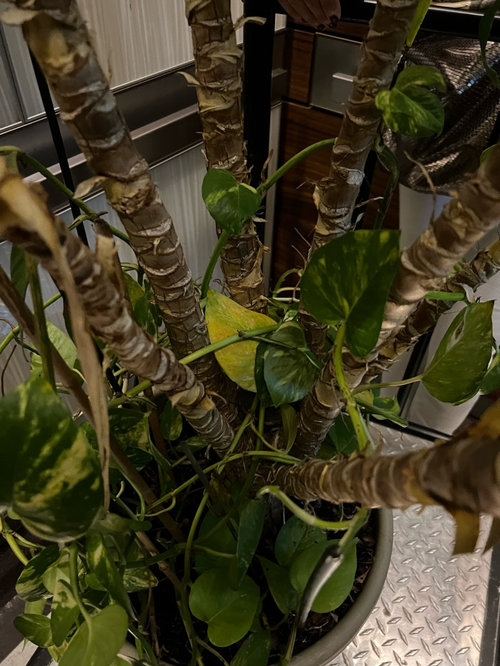
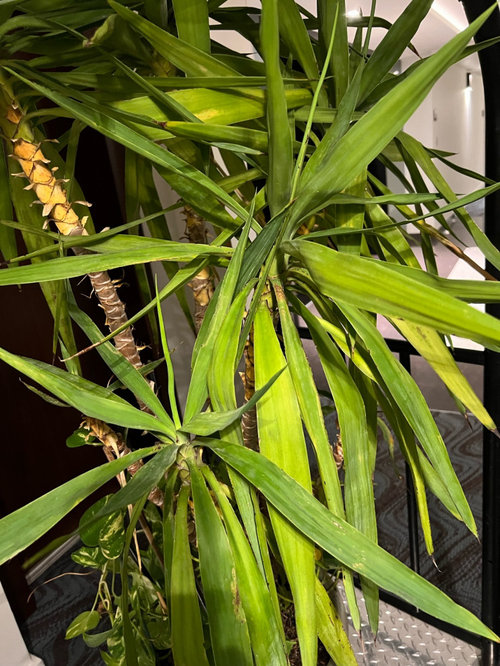


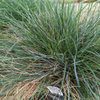
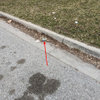
ken_adrian Adrian MI cold Z5
tapla (mid-Michigan, USDA z5b-6a)
Related Professionals
70037 Landscape Architects & Landscape Designers · Hyattsville Landscape Architects & Landscape Designers · Jackson General Contractors · New Carrollton General Contractors · Shorewood General Contractors · Castle Rock Decks, Patios & Outdoor Enclosures · Parole Landscape Architects & Landscape Designers · Florham Park Landscape Contractors · Hayden Landscape Contractors · Middletown Landscape Contractors · Ballenger Creek Landscape Architects & Landscape Designers · Aloha Landscape Contractors · Fairfield Landscape Contractors · Mission Landscape Contractors · Struthers Interior Designers & DecoratorsRebecca/N. IN/z6A